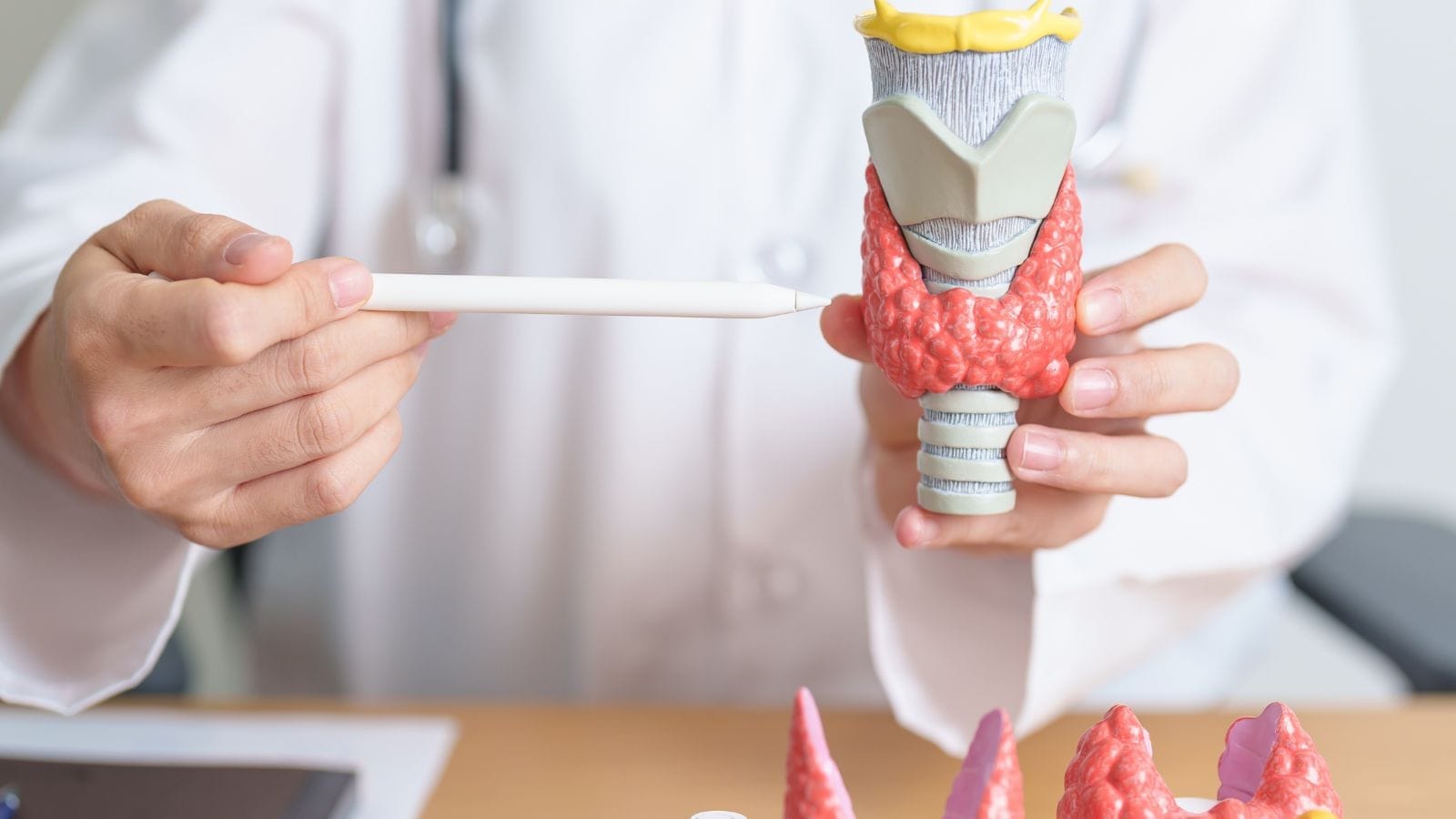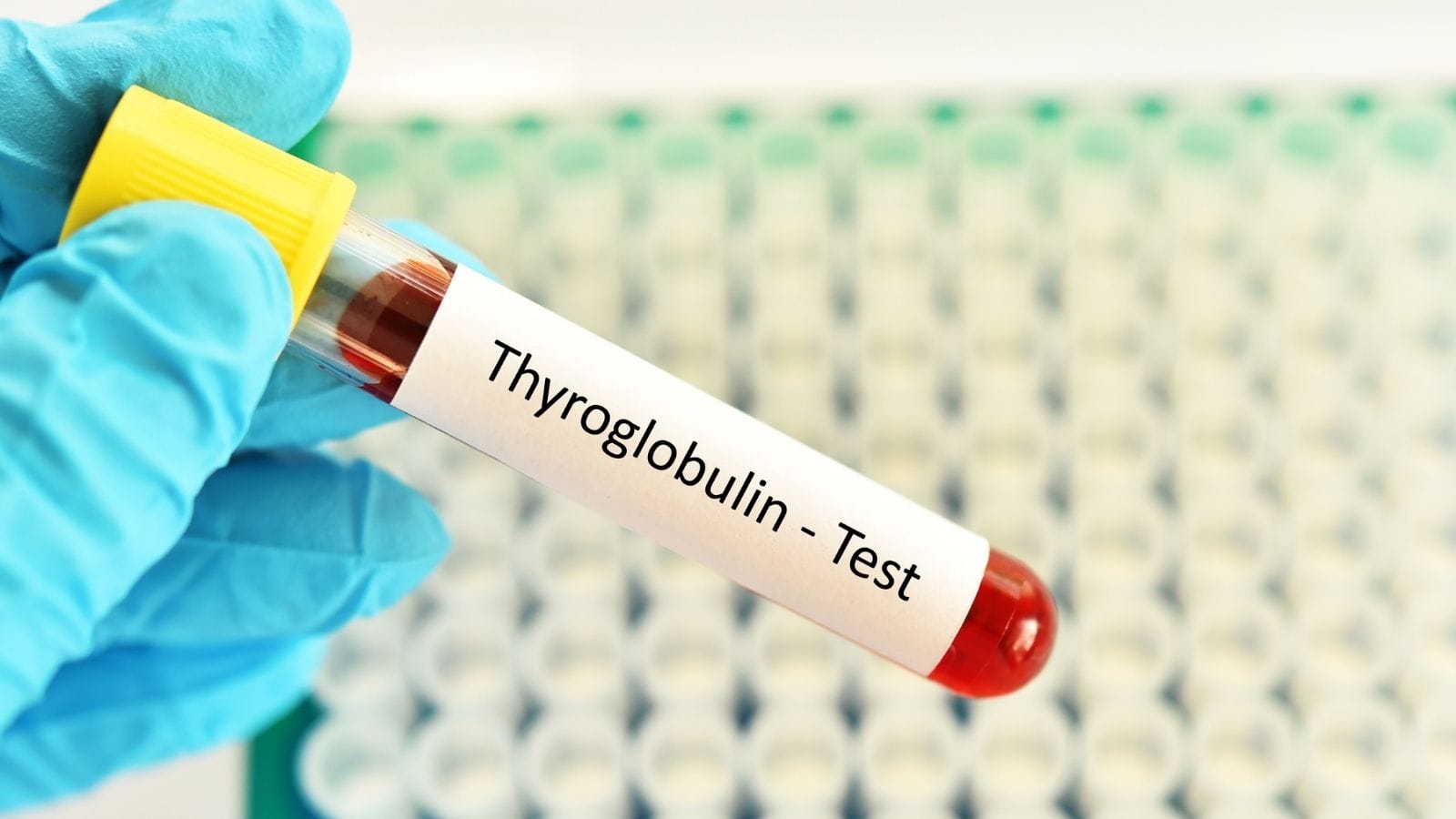Idiopathic Intracranial Hypertension (IIH) is a condition characterized by increased intracranial pressure without an identifiable cause. It mainly affects young overweight women and may lead to vision problems if untreated.
IIH symptoms include headaches, pulsatile tinnitus, double vision, and transient visual obscurations. Papilledema is a key clinical finding indicating elevated intracranial pressure.
Diagnosis of IIH is based on neuroimaging to exclude secondary causes, followed by lumbar puncture to measure cerebrospinal fluid pressure. MRI and MR venography are commonly used.
Treatment of IIH includes weight loss, diuretics such as acetazolamide, and in severe cases, surgical interventions like shunt placement or optic nerve sheath fenestration.
| Disease Name | Idiopathic Intracranial Hypertension (IIH) |
| Definition | A condition characterized by increased pressure of the cerebrospinal fluid (CSF) with no apparent cause; the intracranial pressure rises without structural brain or spinal cord abnormalities. |
| Symptoms | Severe headache (usually in the morning and when lying down), visual disturbances (blurred vision, double vision), pain behind the eyes, pulsatile tinnitus (synchronous with the heartbeat), nausea, vomiting, neck pain. |
| Causes | Not fully understood, but associated with obesity, hormonal changes, and certain medications (tetracycline antibiotics, oral contraceptives). |
| Risk Factors | Obesity, female gender, childbearing age (20–40 years), rapid weight gain, certain medications (steroids, tetracyclines). |
| Diagnostic Methods | Eye examination (to detect papilledema), brain MRI or CT (to rule out structural abnormalities), lumbar puncture (to measure CSF pressure). |
| Treatment Methods | Weight loss, low-sodium diet, medical therapy (acetazolamide, diuretics), reduction of CSF pressure by lumbar puncture if needed; shunt surgery in resistant cases. Stenting may be used in cases due to cerebral venous sinus stenosis. |
| Complications | Vision loss (due to optic nerve compression), chronic headaches, progressive visual field loss and permanent visual impairment if untreated. |
| Follow-up and Monitoring | Regular eye exams and visual field tests, monitoring CSF pressure and headache status; assessment of treatment response. |
| Prevention Methods | Weight control, avoiding high-risk medications, regular exercise, and a healthy lifestyle can reduce the risk of idiopathic intracranial hypertension. |
| Treatment Response | Most patients improve with weight loss and medication; some may require surgical intervention. |
Prof. Dr. Özgür KILIÇKESMEZ Prof. Dr. Kılıçkesmez holds the Turkish Radiology Competency Certificate, the Turkish Interventional Radiology Competency Certificate, Stroke Treatment Certification, and the European Board of Interventional Radiology (EBIR). In his academic career, he won the Siemens Radiology First Prize in 2008.
Interventional Radiology / Interventional Neuroradiology
What Is Idiopathic Intracranial Hypertension?
Idiopathic Intracranial Hypertension (IIH) occurs when there is increased pressure inside the skull affecting the cerebrospinal fluid (CSF) without a known cause. The exact mechanism is not fully understood, but impaired CSF drainage and changes in sodium-water balance may contribute. IIH is most commonly seen in young obese women of childbearing age but can also occur in men, children, and older adults. Historically called “pseudotumor cerebri,” this condition mimics the symptoms of a brain tumor despite no tumor being present.
Who Is at Risk for Idiopathic Intracranial Hypertension?
Idiopathic Intracranial Hypertension (IIH) particularly affects obese women of childbearing age. Obesity is a major risk factor—women with a BMI over 30 are at higher risk, and weight gain can also increase the risk of IIH. Other medical conditions can also elevate risk, including:
- Hormonal disorders: Polycystic ovary syndrome (PCOS), hypothyroidism, and Cushing’s syndrome are associated with IIH.
- Kidney disease: Chronic kidney disease may increase risk.
- Anemia: Especially iron deficiency anemia is a known risk factor for IIH.
- Autoimmune diseases: Conditions such as systemic lupus erythematosus (SLE) and similar inflammatory diseases can raise risk.
- Medications: Growth hormone, tetracycline antibiotics, and high-dose vitamin A may contribute to IIH.
What Are the Symptoms of Idiopathic Intracranial Hypertension?
IIH presents with a range of symptoms that can severely affect quality of life. The most prominent symptom is severe headache, especially at the back of the head and often radiating behind the eyes. These headaches can be throbbing and worsen with exertion, bending over, or sneezing.
- Visual problems are also common. Swelling of the optic nerves (papilledema) can cause transient visual loss, double vision, and peripheral visual field loss. Untreated, these may lead to permanent vision loss.
- Pulsatile tinnitus (a whooshing or heartbeat-like noise in the ears) is common and results from intracranial pressure affecting the auditory pathways. This can significantly impact daily life.
Nausea and vomiting often accompany headaches, and many patients experience dizziness or balance problems. *We recommend filling out all fields so we can respond in the best possible way.
How Is Idiopathic Intracranial Hypertension Diagnosed?
IIH is diagnosed through a stepwise process. Brain imaging (MRI or CT) is used first to rule out other causes of increased intracranial pressure. MRI is usually preferred for its high resolution. Findings such as an empty sella, enlarged optic nerve sheaths, or transverse sinus stenosis may support a diagnosis of IIH.
Lumbar puncture is another key diagnostic tool, used to measure opening pressure of CSF. In adults, an opening pressure over 25 cm H2O is suggestive of IIH. The CSF is also analyzed to exclude infections or other diseases, but usually shows only elevated pressure in IIH.
Ophthalmological examination is crucial—especially to detect papilledema, which is present in most IIH cases. Fundoscopic exam and visual field testing are performed. If papilledema is absent, additional imaging may be needed to confirm the diagnosis.
How Is Idiopathic Intracranial Hypertension Treated?
IIH treatment involves a combination of lifestyle changes, medications, and, if needed, surgical options. Weight loss is highly recommended because obesity is a significant risk factor. Research shows that reducing body weight by 5–10% can alleviate symptoms. In patients with high BMI, a low-calorie diet or bariatric surgery may be considered. Weight loss helps reduce both headache and visual problems.
Medications include:
- Acetazolamide: Commonly used to reduce CSF production and intracranial pressure. Clinical trials show it improves vision and reduces papilledema, especially when combined with weight loss.
- Diuretics: Drugs like furosemide decrease fluid retention and help control CSF volume and pressure.
- Other medications: Topiramate and similar agents may reduce headaches and have diuretic properties.
In more advanced cases, surgical intervention may be required. Patients unresponsive to medical therapy or at risk of vision loss may need:
- CSF shunting procedures (e.g., lumboperitoneal or ventriculoperitoneal shunt)
- Optic nerve sheath fenestration
- Venous sinus stenting in cases of cerebral venous sinus stenosis proven by angiography
Regular follow-up is essential during treatment, especially with ophthalmological evaluation and visual field testing to prevent vision loss.
Can Idiopathic Intracranial Hypertension Be Prevented or Managed Long Term?
Long-term management of IIH relies on lifestyle changes to keep the condition under control. The basics include maintaining a healthy weight and following a low-sodium diet, as weight gain can trigger IIH and losing 5–10% of body weight can lower intracranial pressure and improve quality of life. Calorie restriction, portion control, and regular exercise are essential for weight management.
Other important measures:
- Low-sodium diet: Can reduce fluid retention and intracranial pressure while supporting weight loss.
- Regular physical activity: Helps with weight control and general health.
- Continuous monitoring: As IIH is chronic and may recur, periodic eye exams and regular follow-up are recommended.
- Other lifestyle adjustments: Good hydration, avoiding excessive caffeine, and paying attention to sleep hygiene can help control headaches.
Frequently Asked Questions
Who is most likely to develop idiopathic intracranial hypertension?
IIH most commonly affects obese women of childbearing age, with an incidence of 1.97 per 100,000 in women versus 0.36 per 100,000 in men. The highest incidence is among ages 18–44 (2.47 per 100,000). 71–94% of IIH patients are obese. It is more prevalent in low-income groups and Black individuals, and especially in regions with high obesity rates, such as the southern and midwestern United States.
How does this disease affect the optic nerve?
IIH raises intracranial pressure, causing swelling of the optic nerve head (papilledema) in about 46% of cases, which can lead to visual field defects and, if untreated, permanent vision loss. OCT studies show increased peripapillary retinal nerve fiber layer thickness and decreased macular ganglion cell complex thickness, indicating optic nerve damage. IIH can also affect retinal microvasculature and impair visual evoked potentials, reflecting optic nerve and retinal dysfunction.
When is surgical intervention needed?
Surgery is considered for IIH if medical therapy fails or vision loss progresses rapidly. About 25% of patients need surgery for progressive symptoms despite treatment. Common surgical options include shunting (lumboperitoneal or ventriculoperitoneal), optic nerve sheath fenestration (ONSF), and venous sinus stenting (VSS). VSS improves papilledema in 87.1% and headaches in 72.1% of patients, with a 2.3% complication and 11.3% failure rate. ONSF resolves papilledema in 90.5%, with a 2.2% complication and 9.4% failure rate. Shunting carries higher complication (9.4%) and failure (43.4%) rates.
How can the risk of recurrence be reduced?
The main strategy is weight loss, as obesity is a key risk factor; even a 5–10% reduction in body weight can improve symptoms. Acetazolamide may be prescribed to reduce CSF production. Regular medical follow-up and adjustment of treatment are essential for effective management.

Girişimsel Radyoloji ve Nöroradyoloji Uzmanı Prof. Dr. Özgür Kılıçkesmez, 1997 yılında Cerrahpaşa Tıp Fakültesi’nden mezun oldu. Uzmanlık eğitimini İstanbul Eğitim ve Araştırma Hastanesi’nde tamamladı. Londra’da girişimsel radyoloji ve onkoloji alanında eğitim aldı. İstanbul Çam ve Sakura Şehir Hastanesi’nde girişimsel radyoloji bölümünü kurdu ve 2020 yılında profesör oldu. Çok sayıda uluslararası ödül ve sertifikaya sahip olan Kılıçkesmez’in 150’den fazla bilimsel yayını bulunmakta ve 1500’den fazla atıf almıştır. Halen Medicana Ataköy Hastanesi’nde görev yapmaktadır.









Vaka Örnekleri